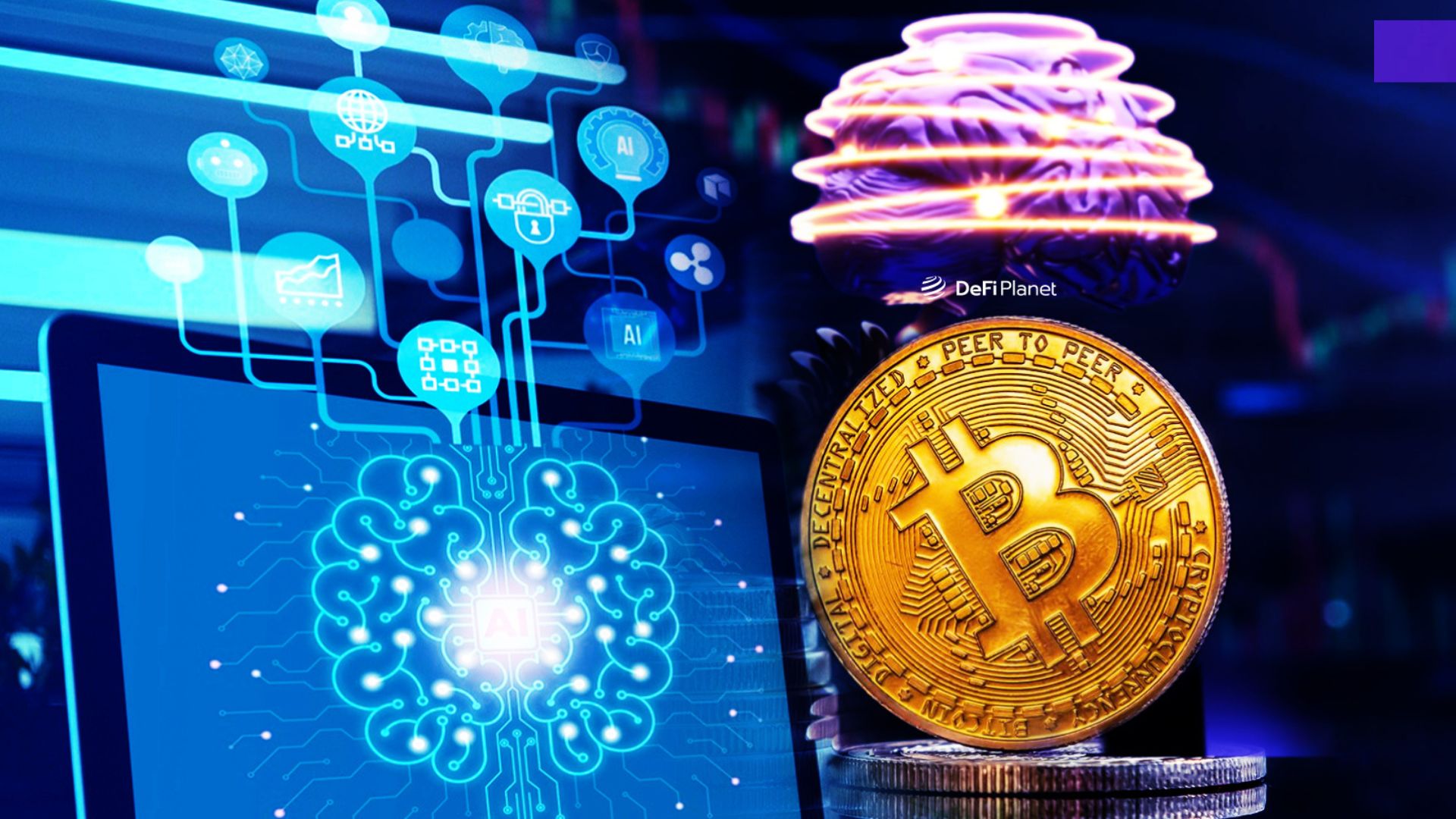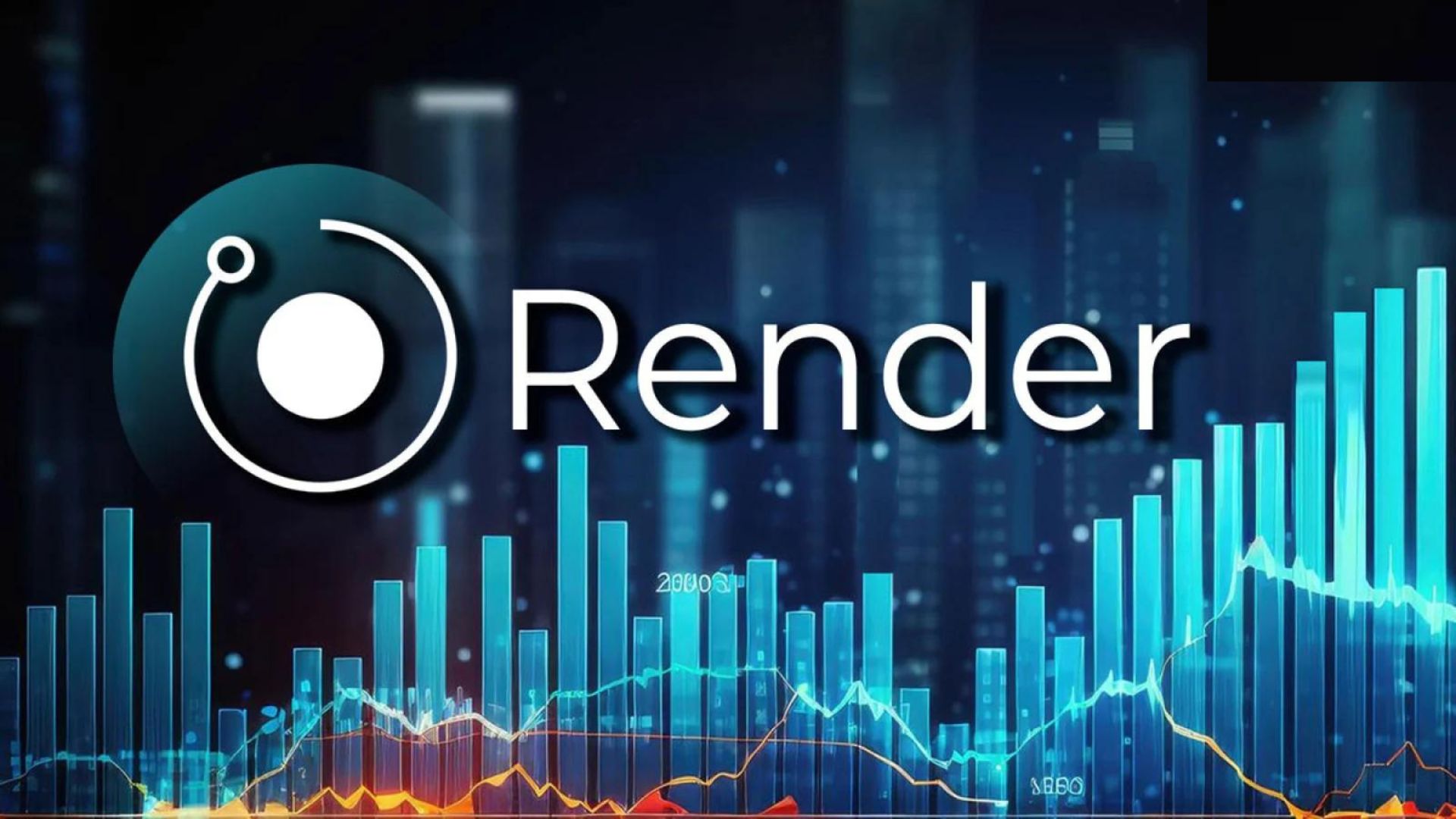AI Impact on Cryptocurrency: Top Altcoins in 2024
AI Trend In Crypto: Best Altcoins in 2024. In 2023, the AI trend made huge strides, changing how we think about what’s possible. These developments are not merely theoretical as we approach 2024; they are significant, applicable, and intricately linked to several industries, most notably the cryptocurrency market.
The current advances in artificial intelligence are being propelled by deep learning models, which are complex algorithms. These ideas have a massive effect on the cryptocurrency market and are also revolutionizing more conventional sectors. Discover how current AI developments will shape the future of digital currencies. This essay delves into the interplay between AI and crypto.
The AI Trend: Understanding The Hype
Many call the 2023 AI revolution a result of a series of advancements. The current AI boom was fueled by advances in chatbots and content generation this year. OpenAI’s conversational AI ChatGPT led this revolution with its NLP talents. Its success allowed more individuals to employ AI daily, making machine interaction more accessible and natural.
Google employee Bard also made headlines in the AI narrative. Bard, a competitor in advanced language models, showed that AI can understand and write natural-sounding text, sparking rivalry and AI language processing advances.
New AI Trends For 2024
There will be many new developments and trends in artificial intelligence (AI) in 2024. Advances in generalized reinforcement learning (AGI) and supervised learning (Grog) are two of the most significant breakthroughs in this field.
AGI: The Quest For Artificial General Intelligence
In terms of AI trends for the year 2024, Artificial General Intelligence (AGI) is in the vanguard. Current AI models often excel at specific tasks; this approach is called Artificial Narrow Intelligence (ANI). AGI represents a paradigm change toward a more holistic form of intelligence, like human cognition. The ultimate aim of artificial general intelligence (AGI) is to program computers to mimic human intelligence in a variety of contexts, including learning, reasoning, and knowledge application. This innovation is a watershed moment in the history of artificial intelligence from a philosophical and ethical perspective as well as a technical one.
Grok By xAI: A New Contender In Conversational AI
The conversational bot craze is growing, and Elon Musk’s xAI-developed Grok is joining it. This AI bot excels in natural language processing and clever, context-aware communication. Grok shows a growing trend in artificial intelligence to create more innovative, honest, and easier conversational interfaces. These interfaces are becoming crucial in education, healthcare, and personal help, not just customer service. The year ahead promises exponential AI development and innovation, with AGI and Grok merely the beginning. AI’s evolution will change our technological use and interactions.
Experts Predict The AI Trends For 2024
As AI grows, industry leaders’ viewpoints provide a critical vision for the future. Two notable individuals, Stephen Anthony and Vala Afshar, have predicted 2024 AI developments, revealing exciting alterations and advancements. AI Top Rank’s creator, Stephen Anthony, made 15 2024 AI trend predictions on X (now Twitter). His forecasts encompass a lot. Therefore, the future of AI will be exciting and unpredictable. In his post:
15 forecasts for AI trends in 2024:
- AGI
- Grok
- OpenAI
- Telepathy
- Personal AI
- Synchronicity
- Humanoid robots
- Self-driving vehicles
- Automated businesses
- Decentralization
- Censorship
- Privacy
- GPTs
- xAI
Top AI Trends In Crypto
 Top AI Trends In Crypto
Top AI Trends In Crypto
AI cryptocurrencies are digital currencies that use AI technology to improve their ecology and usefulness in many ways. These digital currencies utilize AI to boost safety, streamline trading, enhance the accuracy of market predictions, and enrich the user experience. Investors might attempt to forecast which AI tokens may witness significant growth by utilizing the knowledge and AI trends stated before.
What Are AI Cryptocurrencies?
A new development in the cryptocurrency industry, AI coins combine blockchain technology with artificial intelligence (AI) systems. Simply put, they are digital tokens used to fuel blockchain-based AI projects, apps, and services.
These digital currencies are often linked to decentralized projects that utilize artificial intelligence to automate many parts of life and make them more scalable. Not only is AI a fresh addition to these initiatives, but it also significantly improves their functionality. Artificial intelligence (AI) helps automate and optimize operations, find fraudulent transactions, and make predictions. It also makes building DAOs and intelligent contracts easier and organizations that can function without human oversight.
You can buy and use the items and services offered by these AI-driven platforms with AI coins. By combining blockchain scalability with AI’s superior analytical skills, AI-powered blockchain projects are revolutionizing the cryptocurrency industry with intelligent solutions.
At their core, AI cryptocurrencies result from the union of two state-of-the-art technologies: blockchain and AI. The cryptocurrency market is ripe for innovation with this combination, from improving efficiency and security to adding hitherto unimaginable features. Digital banking platforms will likely become more advanced, safe, and user-friendly as artificial intelligence (AI) plays an increasingly significant part in the cryptocurrency industry.
These Cryptocurrencies Lead The AI Trend
Here, we’ll look at a few of the most prominent AI cryptocurrencies, ordered by market cap. Each of these tokens has taken a different approach and made a significant contribution to the field of artificial intelligence (AI) regarding cryptocurrency.
Injective INJ: The AI Trend Leader By Market Cap
Injective blockchain helps construct reliable and interoperable decentralized financial (DeFi) apps. It replicates derivatives markets, lending/borrowing protocols, and decentralized exchanges using smart contracts. Injective, created in 2018 by Albert Chon and Eric Chen, launched its mainnet in late 2021 and added intelligent contract capabilities in late 2022. Binance, Pantera, Jump Crypto, and other cryptocurrency investors support the idea. Injective focuses on DeFi solution development software modules. DeFi protocols can share liquidity due to ecosystem interoperability. It also solves DEX frontrunning with batch auctions.
The operational structure of Injective optimizes trade activities through seamless AI integration, making it stand out. Injective Protocol uses AI algorithms to establish a liquid, low-fee market for derivatives dealers, ensuring optimal pricing. The platform’s reading experience and efficiency are considerably improved by putting AI into its basis. Along with the previously stated key capabilities and purposes of Injective, this integration of AI implies a giant leap forward in the realm of DeFi and blockchain technology. As a leading platform at the confluence of artificial intelligence and cryptocurrency, Injective optimizes derivatives transaction pricing using AI algorithms.
The Graph (GRT)
AI cryptocurrency systems use the Graph to index and query IPFS, Ethereum, and Arbitrum data. It powers several DeFi apps and is essential to Web3. GraphQL may access blockchain data from subgraphs and pen APIs made accessible by the Graph. Using this capability, developers have deployed over three thousand subgraphs for Uniswap, Synthetix, Aragon, and other decentralized apps.
Almost 200 Indexer Nodes and 2,000 Curators mcompriseGraph’s global community. Strategic venture capital firms and blockchain industry leaders like ParaFi Capital and Coinbase Ventures have funded the network’s development. The Graph Token (GRT) is an Ethereum blockchain-based ERC-20 token used for tokenomics. Indexers, Curators, and Delegators use GRT to work on the network. Encourage users to actively participate in the network’s creation and upkeep by earning cash proportional to their GRT share and labor.
Render Network (RNDR): A New Contender In The AI Trend
 Render Network (RNDR): A New Contender In The AI Trend
Render Network (RNDR): A New Contender In The AI Trend
Autonomous rendering platform Render Network (RNDR) uses GPU cycles to create media. It connects content makers with GPU providers for optimal resource use and economical GPU power. Render Network’s RNDR coin encourages nodes to exchange processing power to speed up virtual content rendering and 3D interactivity. Content creators submit jobs to Render Network, which uses dynamic pricing, GPU provider efficiency, and trustless validation to ensure high-quality rendered outputs.
Render Network’s growth depends on its partnership with decentralized cloud provider io.net. They intend to develop the most significant AI Decentralized Physical Infrastructure Network (DePIN) and expand GPU suppliers with an AI focus. As evidence of its dedication to AI and ML, Render Network has integrated with io.net to expand its rendering capabilities to include machine learning applications. The potential of Render Network’s distributed GPU providers is demonstrated by its foray into AI applications. Render Network is at the forefront of cryptocurrency AI trends, showing the promise of blockchain technology for high-performance computing by enhancing AI and ML.
Theta Network (THETA)
The blockchain-based video streaming network Theta Network was created in 2019 to decentralize and optimize video transmission. Its advisory board includes Twitch co-founder Justin Kan and YouTube co-founder Steve Chen. Google and Sony Europe back the network’s native coin, THETA, for governance. Theta’s initiatives to improve video streaming by addressing cost, infrastructure, and centralization benefit customers and original content producers. Jieyi Long and Mitch Liu founded Theta, a team with extensive experience in gaming, video, and distributed systems. Their expertise is used to construct Theta, a DApp platform.
Decentralizing data distribution, edge computing, and video streaming makes Theta unique and cost-effective. The network’s native tokens for governance and operations are Theta (THETA) and TFUEL. Theta’s open-source infrastructure lets token holders administer the network and rewards viewers for their contributions.
Theta’s AI applications benefit from FedML’s collaborative, federated machine learning and edge AI technology. The collaboration will execute AI and machine learning use cases using Theta’s Edge Network, which has thousands of decentralized nodes. Our collaboration lets us train AI models on a large scale while respecting user privacy. We can then personalize content recommendations using those algorithms.
Oasis Network (ROSE)
The privacy-focused blockchain platform Oasis Network uses the currency ROSE. It supports dApps and other blockchain use cases with privacy, scalability, and safe data management. Through collaborations and projects, the project is actively using AI technology to increase data sovereignty and privacy in its blockchain ecosystem. Thus, Oasis and Personal.ai are creating AI pipelines that protect personal data. The partnership aims to build conversational AI models with privacy protections. Allowing AI training with personal data only through confirmed, consented access protects creators and their online communities.
Oasis Network also prioritizes privacy for responsible AI development. These technologies and their outputs emphasize data sovereignty and privacy through responsible AI practices. This technique shows a commitment to ethical AI development in Web3.
Interestingly, Meta Platforms Inc.’s AI group has joined the endeavor. This partnership aims to develop AI capabilities; however, the source did not specify its programs. A relationship with a significant tech corporation suggests this level of AI investment in the Oasis ecosystem.

















![[ℕ𝕖𝕧𝕖𝕣] 𝕊𝕖𝕝𝕝 𝕐𝕠𝕦𝕣 𝔹𝕚𝕥𝕔𝕠𝕚𝕟 - And Now What.... Pray To The God Of Hopium?](https://cdn.bulbapp.io/frontend/images/79e7827b-c644-4853-b048-a9601a8a8da7/1)





![[LIVE] Engage2Earn: auspol follower rush](https://cdn.bulbapp.io/frontend/images/c1a761de-5ce9-4e9b-b5b3-dc009e60bfa8/1)










